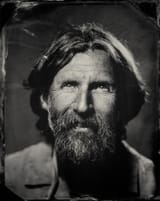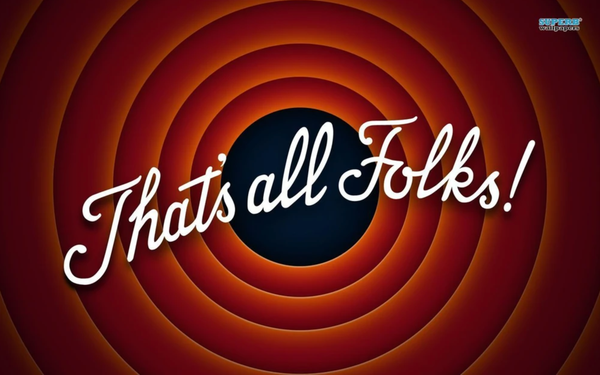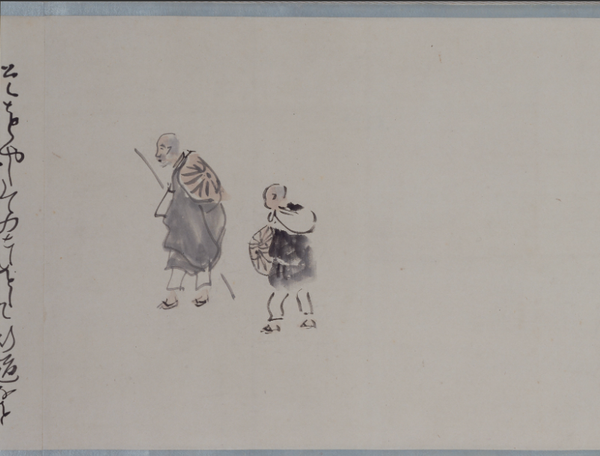Are People Who We Think They Are?

At a winter sports conference not long ago, I was having coffee with a sponsored snowmobile athlete. She was having a hard time wrapping her head around an avalanche accident that involved her party this winter.
I was shocked, she said.
Tell me.
When Ryan was buried, we all looked to Cade.
But Cade looked the other way.
Cade was the Type A go-getter that immediately commanded respect and attention. Man, was he a good rider. He had even started teaching avalanche classes.
But when the debris settled there on the north side of Tower Mountain - you know the slope - Cade froze. It was as if some switch had turned off…and we had to go look for Ryan ourselves.
What do we really know of one another?
How do we know who will be there when it counts?
~~~~~~~~~~~~~~~~~~~~~~~~~~~~~~~~~~~~~~~~~~~~~~~~~~~~~~~~~
As a young Israeli army officer with a degree in psychology, Lt. Danny Kahneman was assigned the role of evaluating candidates for officer training school. There were interviews and team building exercises. One exercise required a team to use a railroad tie to get everyone over a wall. The trick was that nothing was allowed to touch the wall.
In choosing officer material, Kahneman writes,
"The task was not difficult, because we felt we had already seen each soldier’s leadership skills. Some of the men had looked like strong leaders, others had seemed like wimps or arrogant fools, others mediocre but not hopeless. Quite a few looked so weak that we ruled them out as candidates for officer rank”. We were quite willing to declare that “This one will never make it,” “That fellow is mediocre but should do okay,” or “He will be a star.”

It didn't work.Every few months, Kahneman and his team would hear back from the commanding officer of the officer training school and his report was always the same: there was little correlation between the forecast top tier recruits and the actual top tier recruits. And yet - for a while anyway - Kahneman’s team kept at it with the same process.
"The dismal truth about the quality of our predictions had no effect whatsoever on how we evaluated new candidates and very little effect on the confidence we had in our judgments and predictions. We knew as a general fact that our predictions were little better than random guesses, but we continued to feel and act as if each particular prediction was valid."
Let’s say this again. Even though the process was proven to be flawed, the team continued with the unwavering confidence as if the process was flawless.
This was until Kahneman found inspiration from Paul Meehl, an American clinical psychologist. Some of Meehl’s most important work focused on empirical studies of construct validity, psychological assessment, and behavioral prediction.
Archetype and Intuition were thrown out the window in favor of The Algorithm. They found that scoring candidates on independent, specific, objective tests were much better predictors on who would potentially be more successful combat officers in the Israeli army.
~~~~~~~~~~~~~~~~~~~~~~~~~~~~~~~~~~~~~~~~~~~~~~~~~~~~~~~~~~~~

I am currently re-reading Michael Lewis’s Moneyball. The 2011 film is great. It's essentially the Kahneman story played out all over again, but the setting is baseball, not military. Our hero is Billy Beane (played by Brad Pitt) the general manager of the Oakland A’s and the dramatic tension is between the old scout (played by Philip Seymour Hoffman <here's looking at you, Gary Klein>) who can pick out a future star player based on good makeup, tools, and high baseball IQ….and the young college grad statistician (played by Jonah Hill) who never played the game.

(But to tip my hand, I feel strongly that Intuition - Algorithm are played out as a false dichotomy. If I were the general manager of a baseball team, I'd want both! Klein and Kahneman.)
~~~~~~~~~~~~~~~~~~~~~~~~~~~~~~~~~~~~~~~~~~~~~~~~~~~~~~~~~~~~
But back to the avalanche accident. I am not sure I have a good answer to the question, ‘How do we know who will be there when it counts?” We all think we will be there when it counts, but will we? And what about the next time?
~~~~~~~~~~~~~~~~~~~~~~~~~~~~~~~~~~~~~~~~~~~~~~~~~~~~~~~~~~~~
In Cormac McCarthy’s The Crossing, the two boys on horseback are being pursued by otros caballeros. The boys are returning from Mexico with horses that had been stolen from them. During the chase, Billy looks back at a horse he has known all his life. A good horse. A horse that could always be relied upon.
But Pinto had stopped. As if all the heart had gone out of him.”
How can we take the measure of a person’s heart? Will it always be the same?
I hope to hear some answers.




